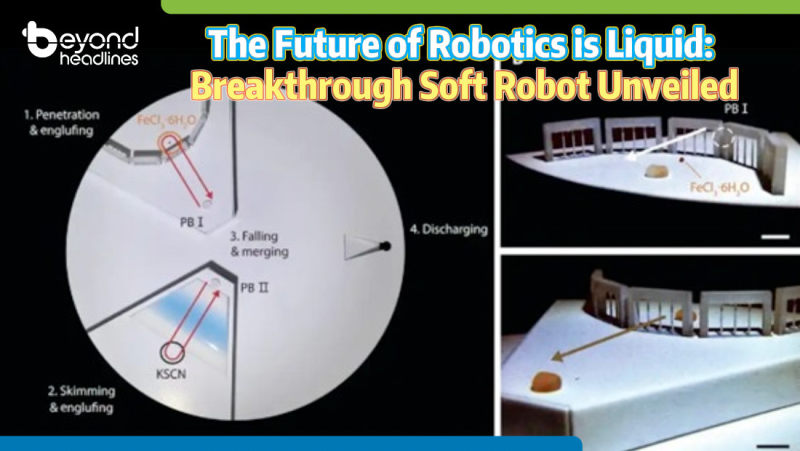The 16th Conference of the Parties (COP16) to the United Nations Convention to Combat Desertification (UNCCD) took place in Riyadh, Saudi Arabia, from December 2 to December 13, under the theme ‘Our Land. Our Future,’ which has put global spotlight on land degradation.
COP16 was the largest and most diverse UNCCD COP to date: it attracted more than 20,000 participants, around 3,500 of them from civil society, and featured more than 600 events as part of the first Action Agenda to involve non-state actors in the work of the Convention.
National reports presented to the UNCCD last year indicated that at least 1.2 billion people and 1.5 billion hectares of land were affected by degradation. Some 40% of earth’s land is already degraded, with an alarming annual increase of 100 million hectares degraded due to human activity. The nearly 200 countries participating in COP16 were urged to prioritize land restoration and drought resilience in their national policies and international cooperation, recognizing these as essential strategies for food security and climate adaptation.
Key outcomes from COP16 included:
- The launch of a prototype for the International Drought Resilience Observatory, the first global AI-driven platform designed to help countries assess and enhance their capacity to cope with severe droughts.
- The mobilization of private sector engagement through the Business4Land initiative.
- The establishment of designated caucuses for Indigenous Peoples and local communities to ensure their unique perspectives and challenges were adequately represented.
UNCCD estimated a total investment of at least USD 2.6 trillion was needed by 2030 to restore over one billion hectares of degraded land and build resilience to drought. This translated to approximately USD 1 billion in daily investments required until 2030 to meet global land restoration targets and combat desertification and drought.
In the closing plenary, Under-Secretary-General and UNCCD Executive Secretary Ibrahim Thiaw remarked, “As we have discussed and witnessed, the solutions are within our grasp. The actions we took today will shape not only the future of our planet but also the lives, livelihoods, and opportunities of those who depend on it.”











